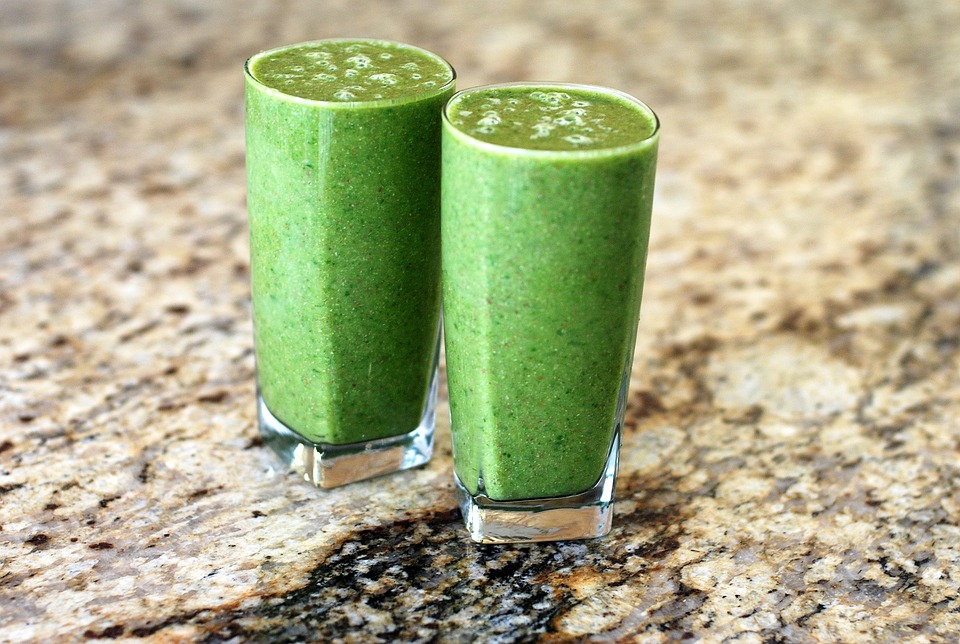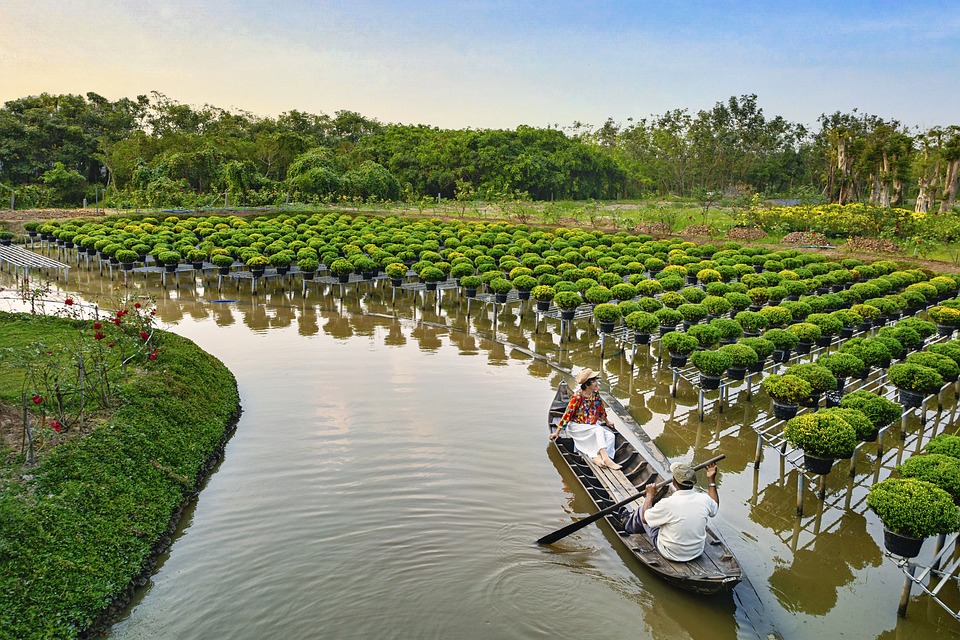Exploring the Blueprint for Sustainable Tourism: Trends and Best Practices
Exploring the Blueprint for Sustainable Tourism: Trends and Best Practices Imagine waking up to the soothing sound of waves crashing on the shore, feeling the warm golden sand beneath your feet, and breathing in the fresh salty air. As a passionate traveler and an avid advocate for sustainable tourism, I have had the pleasure of experiencing destinations that have gone above and beyond to create an environmentally conscious blueprint for tourism. Today, I invite you on a journey to explore the latest trends and best practices in sustainable travel, where responsible choices intertwine with unforgettable experiences. In recent years, the tourism industry has seen a remarkable shift towards sustainability. Travelers are becoming increasingly conscious of their environmental impact and are actively seeking destinations that align with their values. As a result, many destinations have made significant efforts to minimize their ecological footprint, protect natural resources, and foster positive connections with local communities. This surge in sustainable travel has given rise to new trends and practices, igniting a sense of optimism for a brighter and greener future for tourism. One prominent trend that has been gaining momentum is the incorporation of eco-friendly accommodations. Gone are the days of soulless, cookie-cutter hotels. Today, travelers can choose from a plethora of sustainable accommodations that blend seamlessly with their surroundings and work towards preserving the natural beauty of the destination. From eco-lodges nestled deep within lush rainforests to off-the-grid mountain retreats powered by renewable energy sources, these properties allow travelers to indulge in luxury without compromising their environmental principles. Pro Tip: When booking accommodations, look for certificates like LEED (Leadership in Energy and Environmental Design) or eco-labels such as Green Key or Green Globe. These certifications signify that the property has undergone rigorous evaluations to ensure sustainability practices are in place. Another exciting trend in sustainable tourism is the rise of transformative experiences. More than just sightseeing, travelers are now seeking immersive activities that allow them to connect deeply with nature and local communities. This shift has given birth to various initiatives like regenerative farming tours, volunteer programs for wildlife conservation, and cultural exchanges with indigenous communities. These experiences enable travelers to not only learn and appreciate the diversity of the world but also actively contribute to its preservation. Pro Tip: When selecting activities, consider supporting local businesses and organizations that prioritize sustainability. Look for experiences that promote education, conservation, and responsible community involvement. One of the best practices that have emerged in sustainable tourism is the implementation of responsible waste management systems. Waste, especially plastic pollution, poses a significant threat to our delicate ecosystems. It’s heartening to see destinations embracing this challenge head-on, establishing recycling programs, banning single-use plastics, and encouraging responsible waste disposal among tourists and locals alike. By addressing this issue, these destinations actively contribute to the cleanliness and preservation of their natural wonders. Pro Tip: Embrace the “reduce, reuse, and recycle” mantra during your travels. Opt for refillable water bottles, carry a reusable shopping bag, and properly dispose of waste in designated bins. Small actions can make a big difference! Additionally, sustainable transportation has become a key aspect of responsible travel. As eco-conscious travelers, we must seek greener alternatives to reduce our carbon footprint. Destinations that prioritize sustainable transportation options such as electric buses, bike-sharing programs, and pedestrian-friendly infrastructure not only promote environmental preservation but also enhance the overall experience, allowing travelers to fully immerse themselves in the sights, sounds, and local flavors of a place. Pro Tip: Consider using public transportation, biking, or walking whenever feasible. Not only is it better for the environment, but it also provides a more authentic and intimate travel experience. Beyond these trends and best practices, sustainable tourism also thrives on local community involvement. The harmonious interaction between travelers and residents creates a mutually beneficial relationship, fostering cultural exchange, economic growth, and environmental protection. Through initiatives like community-based tourism, travelers have the opportunity to support local artisans, taste authentic cuisine, and gain a deeper understanding of the destination’s heritage. By engaging with local communities, travelers contribute to their preservation while leaving a positive impact on the lives of the people they encounter. Pro Tip: Seek out authentic experiences that allow you to interact with local communities. Engage in responsible tourism practices by respecting local customs, supporting local businesses, and understanding the cultural sensitivities of your destination. As we venture into a new era of travel, it is inspiring to witness the blueprint for sustainable tourism taking shape. From eco-friendly accommodations to transformative experiences, responsible waste management to sustainable transportation, and local community involvement, the pillars of sustainable travel align with our collective responsibility to protect and preserve the planet we all call home. So, the next time you plan your travels, choose destinations that embody the principles of sustainability. By doing so, not only will you embark on an unforgettable journey filled with unique experiences, but you will also become an active participant in shaping a more sustainable future for travel and tourism. Remember, the choices we make as travelers have the power to leave a lasting impact. Embrace sustainable travel, create unforgettable memories, and be part of the global movement towards a greener and more responsible way of exploring the world. Happy sustainable adventures!










